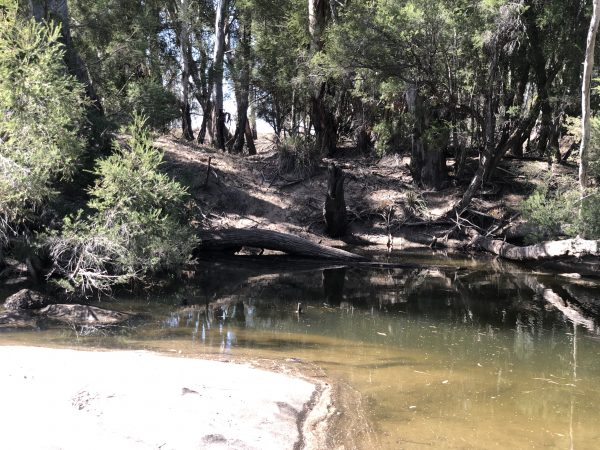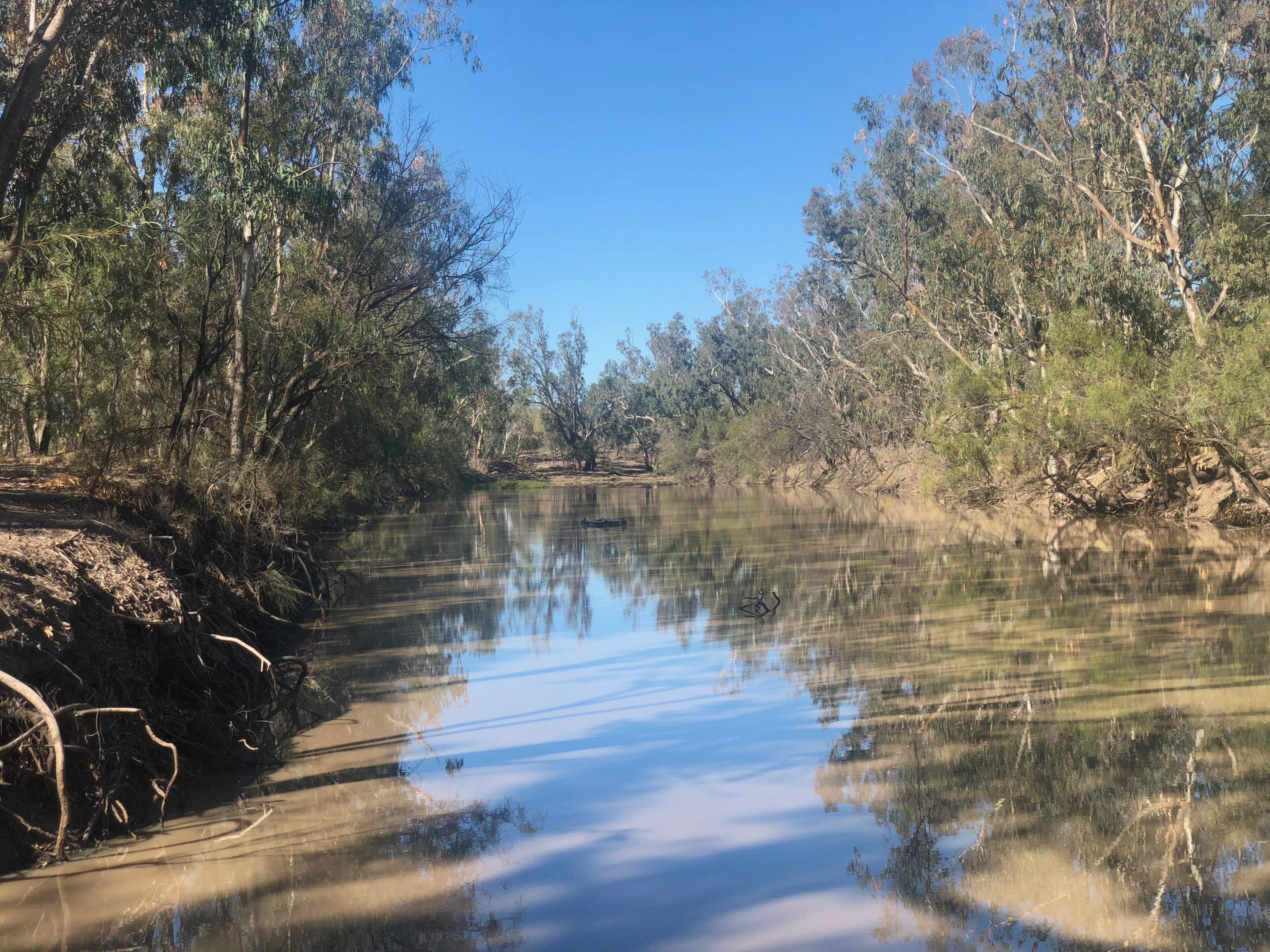
The Queensland Government have developed a Water Resource Plan for the Queensland Border Rivers – Moonie
Background
Water resource plans are an integral part of implementing the Basin Plan. They set new rules on how much water can be taken from the system, ensuring the sustainable diversion limit is not exceeded over time. In turn, respective Basin state governments are developing water resource plans.
The Murray-Darling Basin Authority (MDBA) is working closely with Basin state governments to ensure water resource plans meet the requirements of the Basin Plan. There are 33 water resource plans in total, covering groundwater and surface water management across the Basin. Water resource plans to completed by states include:
- 20 in New South Wales
- 5 in Victoria
- 3 in Queensland
- 3 in South Australia, and
- Two in the Australian Capital Territory
As at March 2019, the MDBA was in the process of assessing Queensland’s Border Rivers-Moonie WRP for consistency with the Basin Plan. The process from there entails the Authority considering the assessment and providing a recommendation to the Commonwealth Minister responsible for water – which ultimately informs the decision to accredit the WRP or not.
How the Queensland Border Rivers-Moonie WRP was developed and its intended purpose
Queensland has been working to develop the Border Rivers-Moonie WRP since 2016. Part of the MDBA’s assessment of the WRP involved seeking advice from the Northern Basin Aboriginal Nations.
In its totality, the WRP brings together rules and arrangements used by Queensland to manage water in the WRP area. In this manner, it also reflects state arrangements / provisions in place – with both tiers of ‘plans’ also involving public consultation(s).
Importantly and notably, the Queensland Government has worked with members of relevant Aboriginal nations – including the Bigambul nation – to help improve the cultural context of water management in the WRP area. Risks to Aboriginal values and uses of water were identified through engagement with Aboriginal people with a connection to the land and waters in the Border Rivers and Moonie. Management strategies in turn have been developed that aim to maintain flows that support Aboriginal water needs, build the understanding of cultural flow requirements and make water available to support economic and social aspirations of Aboriginal people.
The Plan and its formalisation and mobilisation will complement and support research and planning already in process by the Bigambul nation – to ensure the health, prosperity and sustainability of Bigambul country and waterways – now and into the future.
